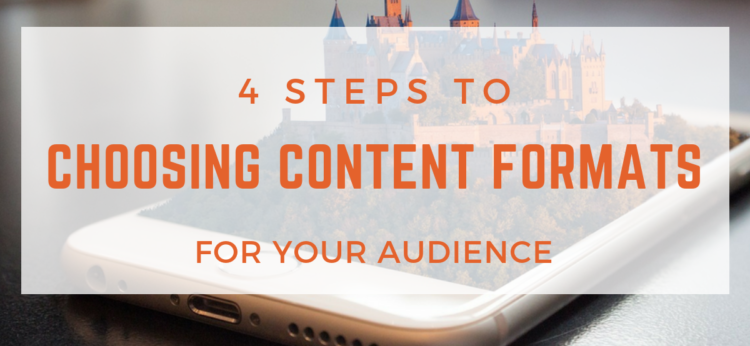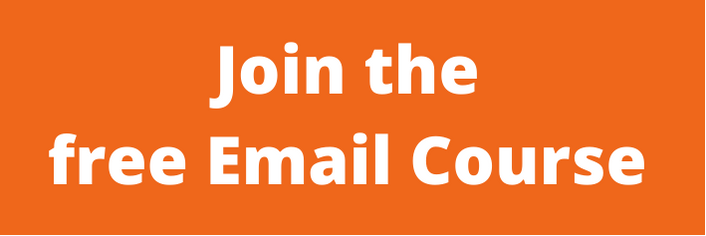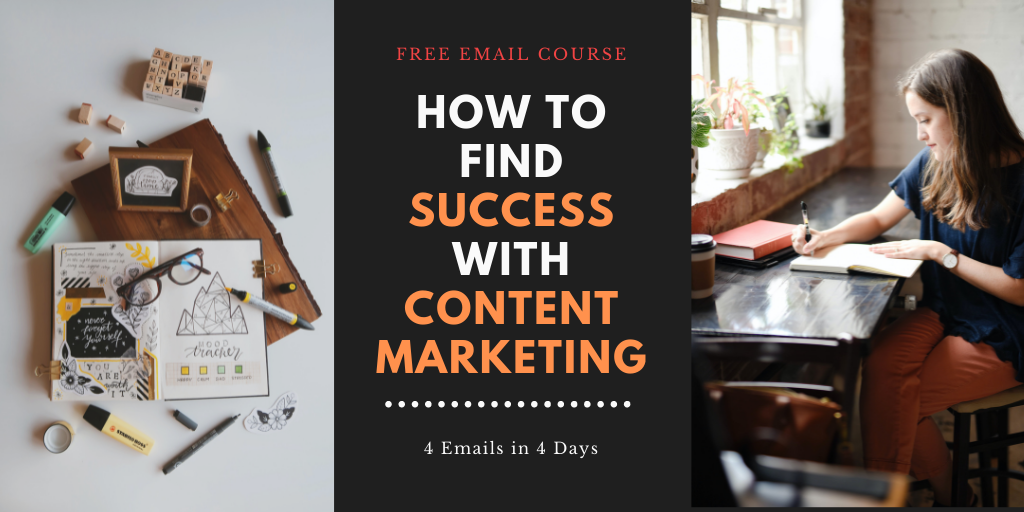The following is a guest post by Diana Beyer. Diana Beyer is experienced and self-driven media expert who is passionate about writing. Her purpose is to share values amid those interested. She is always seeking to discover new ways for personal and professional growth. Connect with Diana through Twitter.
My mom was huge on reading to me at bedtime. In fact, she probably read to me far longer than most other parents did. It was just her “thing,” and it was important.
I do remember, however, when the big switch was made – from books with pictures to chapter books with no pictures or maybe just a small one at the beginning. The same thing was happening at school too. I was not happy. I wanted those visuals to help explain the story.
It wasn’t until many years later that I began to understand learning styles. People learn differently, and they engage with content differently.
Before you read on - we have various resources that show you exactly how to use social networks to gain massive traffic and leads. For instance, check out the following:
FREE Step-by-Step Twitter Marketing GuideFREE Pinterest Marketing Ebook
Some people have to see visuals; some prefer text; others prefer to be interactive. Preferences for absorbing content do not change with age, although they do modify somewhat because of experience with all formats.
These different preferences are important in the classroom, and they are somewhat important in content formats that marketers choose. However, there are many other factors in the creation of content beyond learning style preferences – factors that will determine whether you are reaching your target audience well or not.
This short guide will give you some things to chew on as you consider the many formats and types of content available to you.
1. Knowing Your Audience
If you have been in the business of content marketing long, you have probably developed a customer persona. This will be a single person that represents the demographic details of your typical customer. This is the person for whom you are generating all of your content.
Image Source: Content Marketing Institute
The more detailed you can get with your persona the better you will be able to honor your target market with engaging content. If you do not have a persona, you need to develop one now. If you do have a persona, you need to review it periodically and compare it to your current customers. Sometimes, businesses have more than one audience, and they have to provide different types of content for those audiences.
Consider a large retailer like Target – their customer demographic is huge and spans all socioeconomic demographics. Obviously, they have to provide multiple formats for content, if only for generational preferences.
If you have more than one audience, then you will need to vary your content as well. You might need different landing pages; you might need to rotate the type of content you post on your blog or social media. You may need to develop different types of content based upon individual social media platforms you use.
Hey, before you read on - we have in various FREE in-depth guides on similar topics that you can download. For this post, check out:
FREE workbook: CREATE AWESOME BLOG POSTSFREE Beginner's Guide: START A BLOG
Action: Make a list of your different audiences and have a persona for each. These personas will determine both the text (language) and the visuals you will use. For a younger audience, for example, your language style may be far different than it is for older generations. So will your visuals.
2. Identifying The Needs and Wants of Your Audience
There are several things you can do to determine the best format for your content, once you have the persona(s) identified.
- Just Ask: This is an often overlooked source of great information. If you have a base of customers/followers, create a short survey that asks not just for topics of interest but for the formats that are most preferred.
- Use Analytics: There are so many great tools today, that any content marketer can analyze the types of content that are most popular with visitors and customers. What types are getting the most hits? Which types are causing users to linger longer? Google Analytics is the best place to begin, but there are lots of other sources too. Analytics will also show you which types of content are being shared the most – a critical piece of information to have – and you will discover which types of content are resulting in conversions (e.g., email subscriptions).
- Spy on Competitors: Your competitors are creating content on their sites, blogs, and social media platforms. Access these venues often. Read and study the formats they are using that seem to be getting the most discussions and shares. Tools like Buzzsumo can give you this kind of information as well.
Action: Do the research and find out the types of content your demographic is responding too. Emulate those types of content.
3. Embrace Simplicity of Writing
You may be a great writer – that’s a wonderful and critical skill for content marketers to have. However, you must write for your demographic, not yourself. And it may be hard to know the various reading levels of your demographic. If you are targeting millennials, for example, you have a wide age range (18-34) – some high school grads; some college grads, and some with graduate and professional degrees. You may also have some who are high school dropouts. Trying to find a writing voice for all of these sub-groups is tough.
Lots of research has been done on this issue. In fact, 50% of adult readers read at the 8th-grade level.
This does not mean that 50% of U.S. adults are poor readers. It does mean that they read what is commercially popular – the most popular authors write at that level or below.
Here’s the thing about shareable content – it should give something new and/or unique; it should be something that your readers can relate to, and it should be writing that your audience can get through quickly without having to think about the meanings of the words on the page.
Action: All of your text should be checked for reading level. Use a tool like Read-able.com and aim for a reading level a bit lower than 8th grade. And it always a good idea to have a member of your target market provide reviews of your written content.
4. Embrace Visuals but the Right Kind
The research also indicates that all users of Internet content respond more to visual content than they do to written. Much of this, of course, is because, across all demographics, people have come to want and need information quickly. Reading is just slower, especially on mobile devices with small screens.
Here is an infographic from Fast Company that shows how much faster the brain processes visual content.
The issue for any content marketer is not whether s/he should use visuals, but what kinds of visuals are best for his/her demographic.  Here you must go back to your persona and what that target wants and needs. To understand the types of visuals that will work best, check out some sites that have the same demographic as yours. If for example you audience is millennials and your product or service is anything sports related, you need to go to sites like Red Bull and Go Pro. If, on the other hand, your demographic is older and more subdued, then check out the visuals used by similar companies. What kind of humor do they appreciate? Does the company use a lot of infographics or videos? If so, what types of content are in those videos?
Here you must go back to your persona and what that target wants and needs. To understand the types of visuals that will work best, check out some sites that have the same demographic as yours. If for example you audience is millennials and your product or service is anything sports related, you need to go to sites like Red Bull and Go Pro. If, on the other hand, your demographic is older and more subdued, then check out the visuals used by similar companies. What kind of humor do they appreciate? Does the company use a lot of infographics or videos? If so, what types of content are in those videos?
Much to Think About
Clearly, there is a great deal to think about and some research to do as you look at the types of content that are going to resonate with your target audience. Doing this upfront, however, means that you will have a map to guide you as you craft all of your content.
Is your content marketing not working out as it should – or you hoped for? We can help.
Join us for a free email course about content marketing.
Learn what is missing in your content marketing that is costing you all chances of content marketing success.
find out why content distribution is the key to reaching a targeted audience – and get a checklist for your content distribution for each piece of content.
Find out how you can create more content without working like a horse.
Learn why your content is not getting the reactions, shares, and conversions you hoped for – and what you need to make it all work!
Are you in? Join us here for 4 days and 4 emails!






